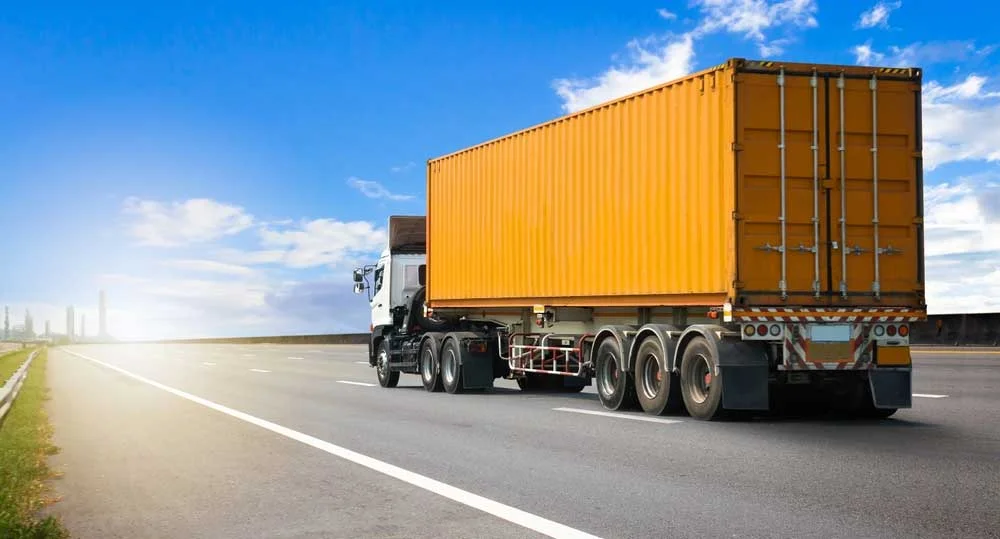



Road transportation is the most popular means of transporting goods. Compared to other types of transportation (rail, air, sea, barge, pipeline), it has the fewest geographical limits and is the most flexible. These are the primary methods of transporting cargo via road.

A single shipment takes up an entire truck. Usually, large consignments require FTL shipping. However, shippers may choose FTL for shipments goods that are valuable or high risk. Freight is charged on the basis of distance. FTL shipments are associated with full container load (FCl) and Less than Container Load (LCL) shipping.
A truck transports many shipment that is of a smaller in volume than an Full Truck Load (FTL) shipment. Hence, this allows various shippers to share space in the same truck, paying only for the portion they take up individually. LTL (less than truckload) shipments are associated with LCL (less than container load) shipping.
Partial Truckload and Volume LTL - Sometimes, when a shipment does not require a full truck but is larger than your standard (LTL) Less than Truckload shipment, it may falls into a category known as volume LTL or partial truckload. These terms are often used interchangeably but they have slight differences.
Partial Truckload Shipment: Typically comprises 8-18 pallets and weighs 8,000-27,500 pounds (3,628-12,473 kg).
Volume LTL Shipment: are smaller and must meet one or more conditions: at least 6 pallets, at least 2,268 kg (5,000 pounds), or more than 12 linear feet of space (1 linear foot = 12 inches).
Partial truckload does not require a freight class because the rates are market-determined.On the other hand, Volume LTL requires a freight class because carriers issue quotes based on their classification system and published LTL rates.
Trailer pick-up and drop-off: A trailer is a two-part vehicle with an unpowered cargo-carrying unit and a “tractor or cab unit” that moves it. It has a generator that allows you to connect in a refrigerated unit.
There are a variety of cargo vehicles used in road transportation.
Straight Truck: sometimes known as a box truck, box van, cube truck, or cube van, a simple truck used to transport smaller goods such as furniture.
Flat-Bed: Versatile and popular, this trailer has no sides or top and is ideal for ferrying heavy goods such as wood and pipes.
Reefer: A refrigerated truck or trailer, it moves chilled and frozen goods. They are more expensive due to specialized equipment and higher fuel costs for temperature control. However, they are in high demand for temperature-sensitive goods.
Dry Van: An enclosed trailer, suitable for non-perishable cargo and offer protection from the elements.
Container Trailer: This semi-trailer has an undercarriage that can accommodate a standard container (20 ft, 40 ft). Shippers who have their cargo stuffed at their warehouse or factory use this vehicle.
Low-Bed: This trailer with a low-lying deck transport both heavy and tall cargo. The deck’s low center of gravity makes it stable while carrying heavy loads. Most countries have restrictions on the height of cargo moved by road. A low deck allows the movement of tall cargo that may not be allowed on, say, a flat-bed. A low-bed is also called a low-boy.
Trucks are the only mode of transport capable of door-to-door deliveries.
Huge network of roads makes fixed delivery days, next-day delivery possible.
less expensive than air and sea shipping. Packaging requirements are minimised, resulting in more savings.
Not bound by schedules and routes. It can be operated any time and can easily adapt to the requirements of a specific route or cargo.
Fast movement of goods, especially perishables, over short distances.
Services the world’s remotest regions and facilitates trade in land-locked countries.
A vital link in the shipping of goods by air, sea and rail.
Not capital-intensive. Cost of building, operating and maintaining roads is comparatively low. Trucks and trailers are cheaper than ships, aircraft and trains.